As a result of the global isolation experienced, the volume of online purchases and exchanges has risen sharply. Store owners like Zara’s headquarters are planning to boost their web sales from 14% to 25%, and are closing many stores as a result 1.
In other words, more than ever, companies rely on a web-based offer being published, which implies a large volume of data.
How companies organize and use data management as a competitive advantage.
As a matter of fact, data directly conditions the quality (or the lack of quality) of the contact areas between the company and its customers, themselves informed and demanding: e-commerce websites, stores, catalogs, parcel delivery service, etc.
In addition, they are numerous, rich, and complex: attributes, enriched texts, images, logos, videos, PDFs, etc. They can be multilingual, the characteristics can differ from one product to another. Models are used to describe their structure, which is constantly evolving.
Both can be found in several places. For example, an MDM/PIM generally does not manage prices or availability for each agency. In situations lacking a central database, data is often broken down by profession in a variety of Excel files and directories for the files. Sometimes an offer needs to be described when products remain unreferenced.
Such data comes from multiple sources and requires controlled flows to be aggregated. Photo feeds, copywriting, translations, aggregation, and mapping of external data (web, suppliers) are all steps that need to be distributed and controlled.
Ideally, they should all be perfectly informed and be published at any time. But not all the company’s references are systematically published on all channels in the same way. Why translate into Italian a product that is only sold in France and Germany? It is therefore often desirable to describe the offer according to contexts: the data of such a merchant site, the data of such a catalog, etc. This reduces the workload.
Finally, there is the case of publications with a long manufacturing time, such as printed catalogs, for which it is necessary to have tools to manage the impact of changes on ongoing production.
Organizations taking this step have increased their agility and publishing abilities.
J2S Simple Workspace can be adapted to your situation to make the most of your data with the reference tool that is Adobe InDesign. As a cloud-based solution that can be accessed anywhere, anytime, J2S Simple Workspace offering management is based on a few keys, including:
- Aggregation of multiple sources.
- Multi-tenant” bases: As many product bases and DAMs as needed.
- A dynamic organization that adapts to your data.
- Collaborative work, configurable workflows, dashboard.
- Wysiwyg rendering of product sheets in real-time, PDF sheets with a simple click.
- Etc.
Whether you need to produce on-schedule labels, printed catalogs, legal documents, or one-to-one emails, J2S Simple Workspace handles data and provides any necessary additions to their publication, such as the creation of tables, translations tools, controls and validations, product grouping, automated pictograms, logos, and legal notices, etc.
Find out more about J2S’s data management
Interested in learning more, or would you like a live demonstration?
Contact us ! We look forward to hearing from you.
D. Lantier
Business Developer











